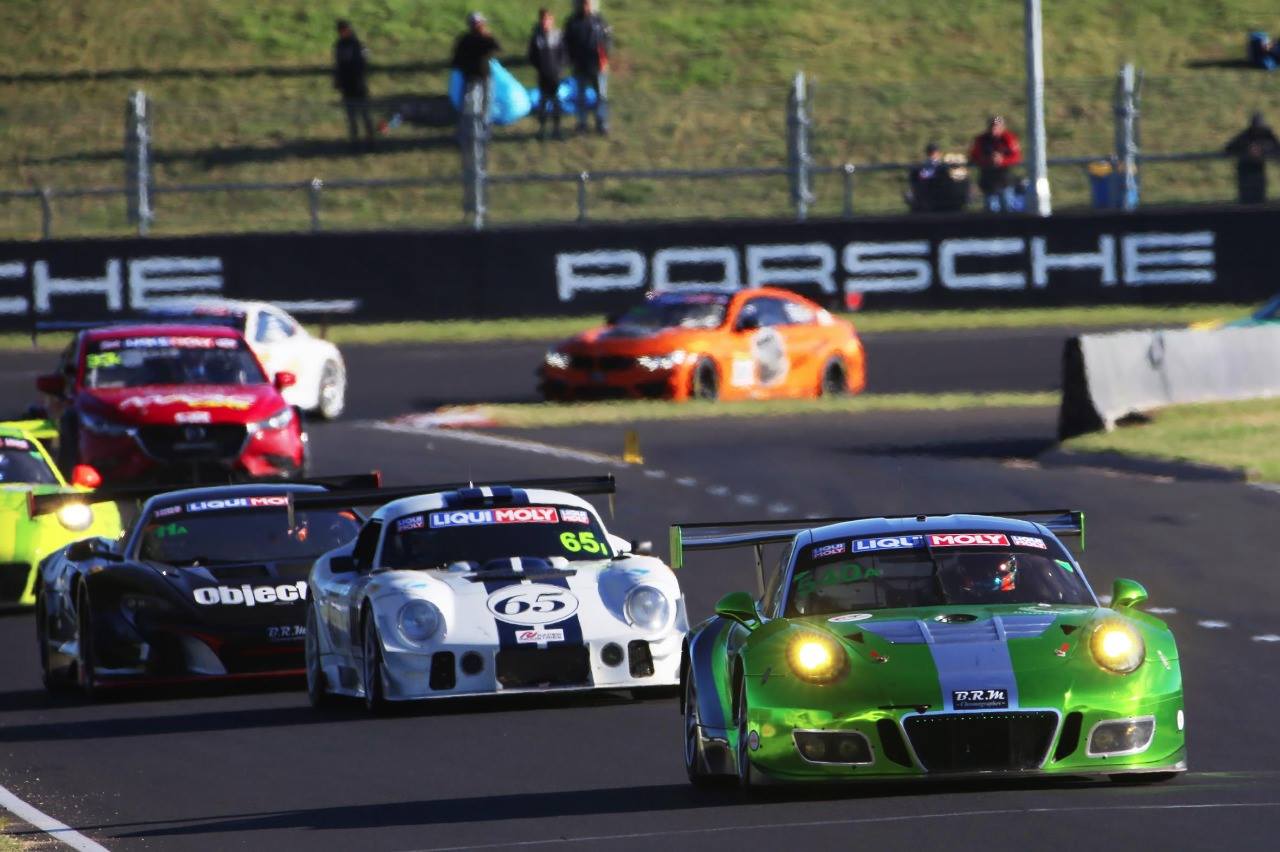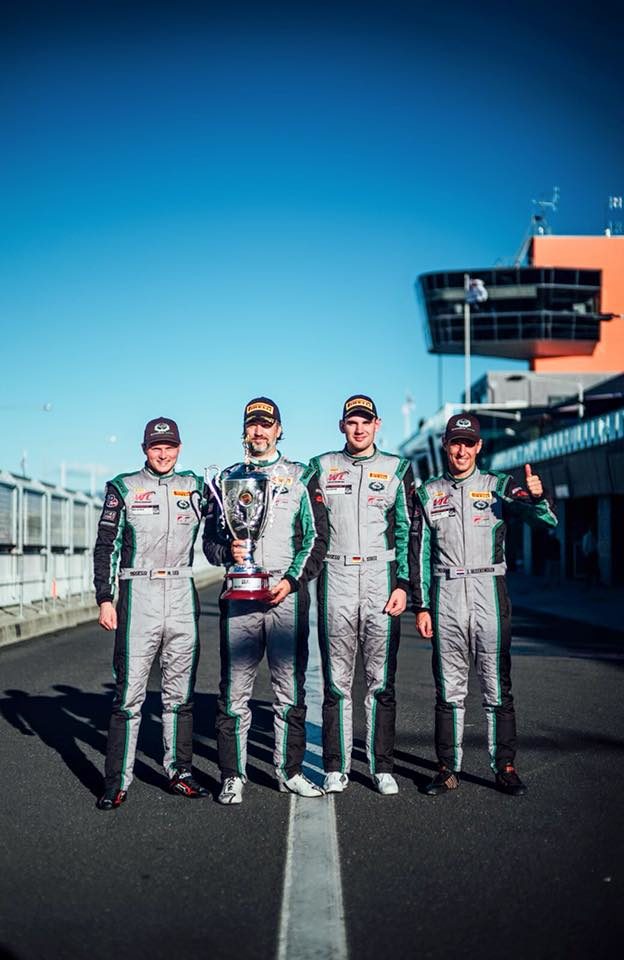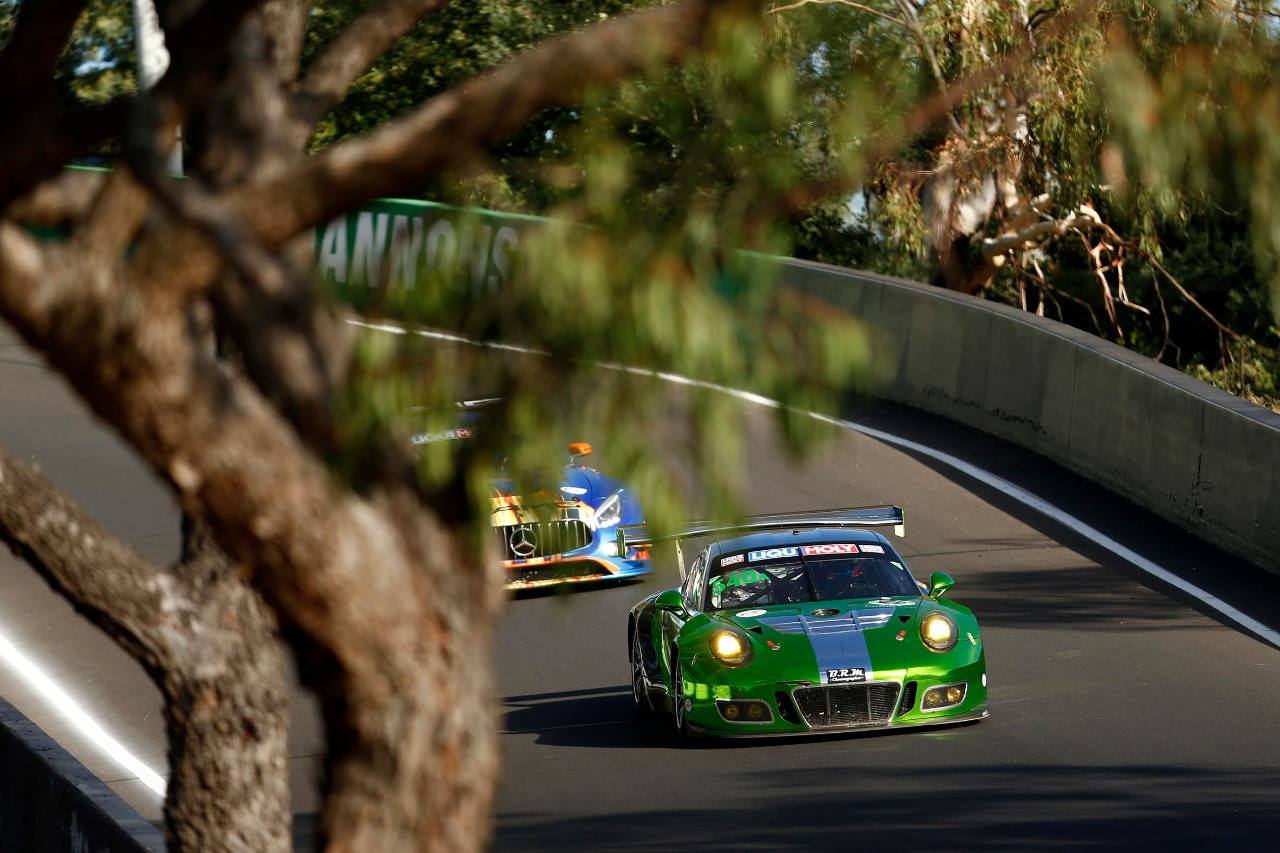Tim Pappas, owner of Black Swan Racing and a race winner in GRAND-AM, ALMS and World Challenge has driven a broad range of sports cars in a driving career that started nineteen years ago. However, he embarked on a new journey in February when for the first time he took part in the Liqui-Moly 12 Hours of Bathurst on the famous Mt. Panorama Circuit in Bathurst, New South Wales, Australia.
Since he would be tackling a circuit that he had never seen – and a circuit that many drivers consider one of the most epic in all of motorsport – Pappas decided to prepare for the international race with a CXC Simulations Motion Pro II. And much the same way as a new race car needs some sorting, it took a session or two for Tim to get the most out of the racing simulator.
“For me, the biggest impediment was that the initial simulator experience had so much motion,” said Pappas. “The next time, we used a completely different set of motion parameters that resolved that issue and let me really focus on what I was there to do – which is to learn a circuit that I’ve never been to before. I knew we would have limited practice and testing opportunities, so being able to get up to speed quickly was really imperative –that’s what I was trying to do at CXC.”
Indeed, what the CXC Simulations team did was configure the motion profile for Tim much the same way you might set up a car during a test day at the track – getting the Motion Pro II to give Pappas exactly the feedback he wanted. Once that was accomplished, however, Pappas was able to accelerate his learning curve on the daunting Mt. Panorama circuit. The four-mile long circuit is made up of narrow public roads that essentially climb up, across, and down a mountain.

“The obvious benefits of learning the track, such as knowing which way the track goes is one thing,” said Pappas. “But there’s also really having a sense of where you can push and where you can position the car. The example I use is the The Chase, which the fast right-hander on Conrod straight. It doesn’t look like a big corner on TV, it looks easy flat, but your hands are going from 9 and 3 to 11 and 5 at 170 miles per hour. And in the third lap I went through it flat. If I had never done that at CXC it would have taken me several more laps to do that because on the exit side of the corner you have a really heavy braking zone. So not only are you going through there flat, you are repositioning the car back over to the right side of the circuit and then braking.
“That whole sequence of events is happening at such a high rate of speed that you really need to have the confidence that the car is totally capable of doing it. And I think that confidence came from so many hours at CXC, knowing that you could even go through there side-by-side with somebody.”
Pappas’ concerns of limited preparation came true at Bathurst. Sharing the No. 54 Black Swan Racing Porsche 911 RSR with three other drivers – Jeroen Bleekemolen, Marc Lieb and Luca Stolz – practice time was divided between four drivers. However, in the team’s first shot at Bathurst, they came away not only with the victory in the Pro-Am class but a strong third-place finish overall.
“I only did nine laps in practice and yet I felt going into the race completely prepared and ready to go because I had nine real world laps,” said Pappas. “Granted, that isn’t a lot but I had five or six hours of laps on the simulator where the only thing I was lacking was grounding it in reality. And when I think you mix those two together, I felt more than ready to go jump in the car and do two hours in the race. And to walk away with the victory was more than we ever could have asked for. To win the class and stand on the overall podium was unreal, and something we won’t forget.”

Looking ahead from Bathurst, which was the second race of the season for Pappas after beginning at the 24 Hours of Daytona, Pappas has a full slate of international races ahead of him in 2018 at circuits he hasn’t seen before. But he will continue to prepare for them with the help of CXC Simulations.
“My attitude about it has really changed,” said Pappas. “Coming to grips with it and finding the parameters that really make the motion work for me and the way I react to it was a big breakthrough. I guess in some ways the beauty of the simulators is that you aren’t burning tires and fuel, and its really inexpensive experience. And that’s really an interesting thing about it. And now I plan on using the Motion Pro II a bunch.”

